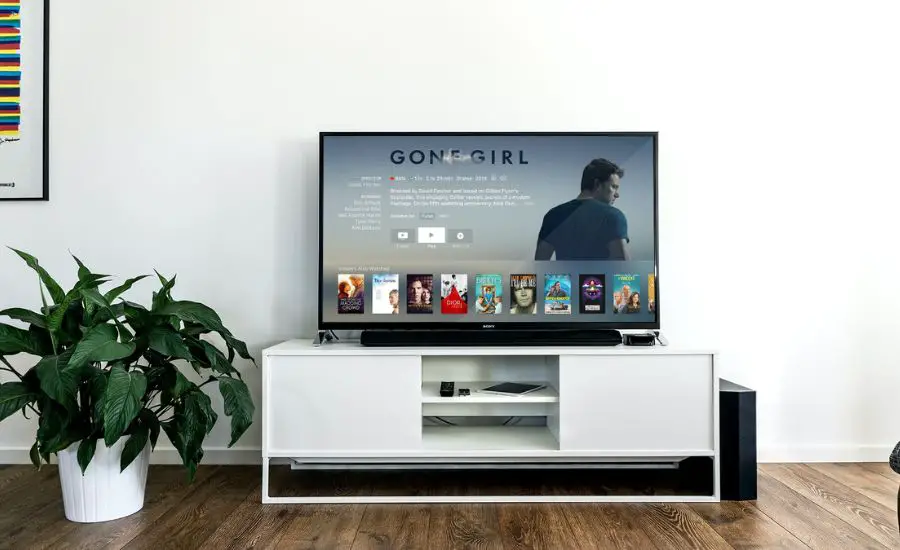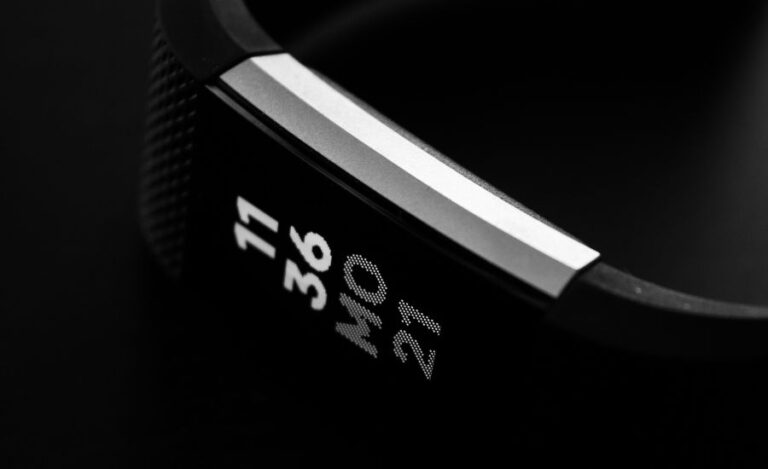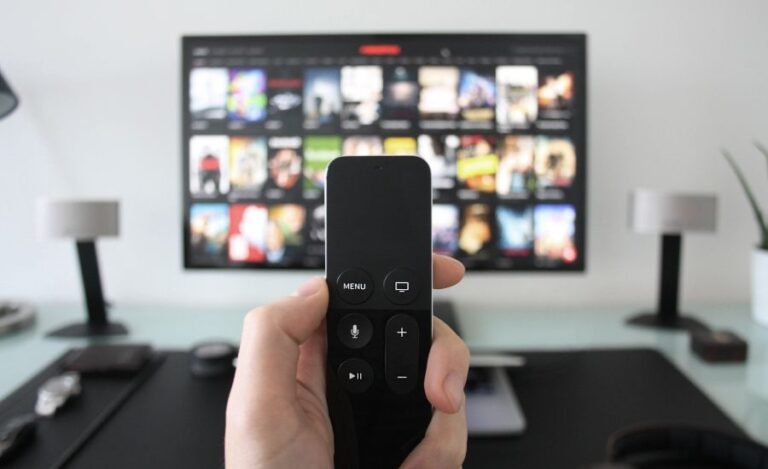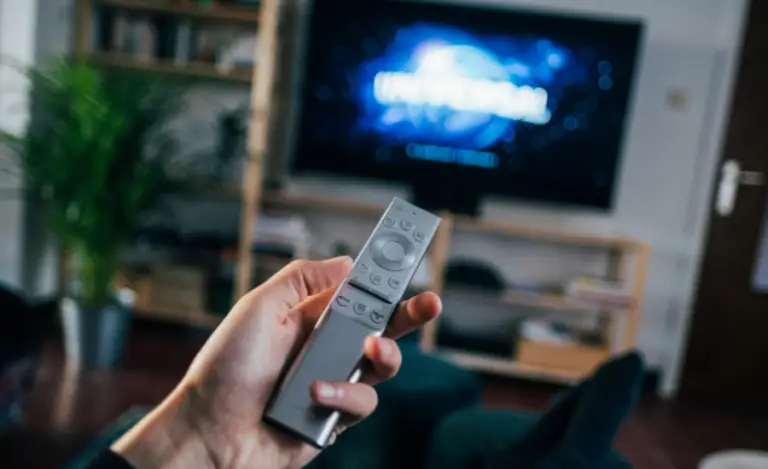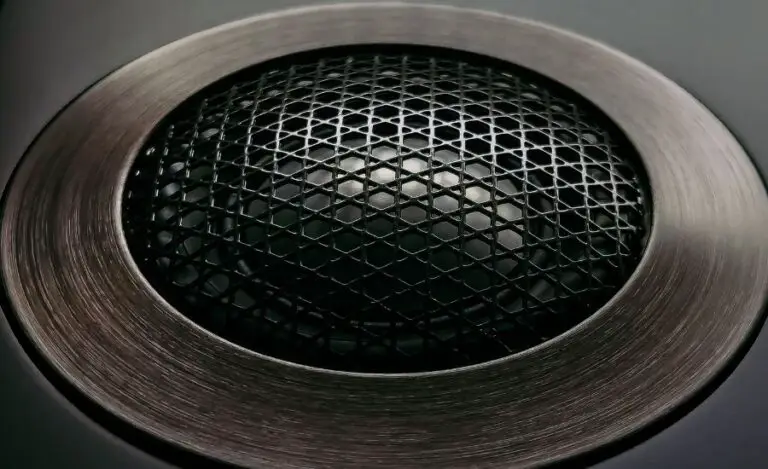Is It OK To Mix And Match Home Theatre Speaker?
If you’ve been thinking of building or upgrading your home theater system, you may be wondering whether it’s okay to mix and match speakers from different brands or models. Well, you’re in the right place.
Today, we’ll be taking a closer look at the factors to consider when mixing and matching home theater speakers. Also, I will be shedding some light on the pros and cons of doing so. By the end, I’m sure you’ll be sure of whether it’s a good idea to mix and match.
So, let’s dig in….. shall we?
What are the factors to consider when mixing and matching home theater speakers?
When it comes to mixing and matching home theater speakers, there are a few key factors to consider in order to ensure that you get the best possible sound quality. These include speaker size, power handling, and frequency response.
First, it’s crucial to consider the size of your speakers. In general, it’s best to match the size of your speakers as closely as possible, especially when it comes to the front left and right speakers. It is because these speakers will play a vital role in the overall soundstage of your home theater.
However, if you’re unable to find matching speakers, it’s generally okay to mix and match as long as the size difference is not too drastic. For example, using a small satellite speaker as a front left or right speaker might not be ideal. However, considering a slightly larger bookshelf speaker might be okay.
Next, you’ll want to consider the power handling of your speakers. For starters, power handling refers to the amount of power that a speaker can handle without being damaged. It’s important to match the power handling of your speakers as closely as possible. It is because mismatched power handling can lead to imbalanced sound. Also, it could even damage your speakers.
Finally, you would want to consider the frequency response of your speakers. For the record, frequency response is the range of frequencies that a speaker can reproduce. It’s generally a good idea to match the frequency response of your assembled speakers closely, as mismatched frequency response can lead to a less cohesive listening experience.
Pros and cons of mixing and matching home theater speakers
When it comes to mixing and matching speakers, there are both pros and cons you must consider. Let’s take a closer look at some of the main advantages and drawbacks of this approach:
Pros
Flexibility
One of the key advantages of mixing and matching speakers is that it allows for greater flexibility in terms of building your home theater system. If you can’t find matching speakers for your front left and right channels, for example, you have the option of mixing and matching in order to build the system that best meets your needs.
Cost Savings
Mixing and matching home theater speakers can also be a cost-effective option, especially if you’re on a tight budget. By mixing and matching, you may be able to find high-quality speakers at a lower price point than you would if you were to buy a complete speaker set.
Customization
It allows you to customize your speaker system to your specific preferences. If you have a particular brand or model of speaker that you love, for example, you can mix and match in order to include it in your home theater setup for a wholesome experience.
Cons
Sound quality
One of the major drawbacks of mixing and matching home theater speakers is that it can potentially affect the overall sound quality of your system. If you’re not careful about matching the size, power handling, and frequency response of your speakers, you may end up with a system that doesn’t sound cohesive or balanced.
Compatibility issues
Mixing and matching might potentially lead to compatibility issues, especially if you’re using different brands or models of speakers that have different connectors or wiring requirements. This can make it more difficult to set up and configure your home theater system, as it may require additional adapters or cables.
Availability
Depending on the brand and model of speakers you’re looking for, it may be more difficult to find matching speakers if you’re mixing and matching. This can be especially true for older or discontinued models, which may not be as widely available.
How to mix and match home theater speakers effectively?
If you’ve decided that mixing and matching home theater speakers is the right choice for your system, here are some tips and guidelines to help you do it effectively:
Choose the right speakers: When selecting your home theater speakers, it’s important to consider the size, power handling, and frequency response of each speaker. As I’ve mentioned earlier, it’s generally a good idea to match these factors as closely as possible in order to ensure the best possible sound quality.
However, if you’re unable to find matching speakers, it’s okay to mix it up as long as the differences are not too drastic.
Use a receiver or amplifier: A receiver or amplifier can be a useful tool for balancing the sound output of different speakers. It also ensures that your home theater system sounds wholesome.
By using a receiver or amplifier, you can adjust the volume and balance of each speaker individually, which can help to compensate for any differences in size or power handling.
Position the speakers correctly: Proper speaker placement is crucial for getting the best possible sound quality from your home theater system. When positioning your speakers, consider the size and shape of your room, as well as the size and orientation of your speakers.
For example, if you’re using small satellite speakers as your front left and right channels, it’s vital to position them at ear level and angled slightly inward towards the listening area.
Experiment with speaker placement: If you’re not happy with the sound of your home theater system after mixing and matching your speakers, don’t be afraid to experiment with different speaker placements. Moving a speaker a few inches in one direction or another can have a big impact on the sound quality.
So, it’s worth taking the time to find the best placement for each speaker.
Key Takeaways
To sum it up, mixing and matching home theater speakers can be a good option for building a custom home theater system that meets your specific needs and preferences. However, it’s important to consider the potential impact on sound quality and compatibility, as well as the availability of matching speakers.
By carefully selecting your speakers and using a receiver or amplifier to balance the sound output, you can effectively mix and match your home theater speakers and create a system that sounds great.
Ultimately, the decision to mix and match home theater speakers is a personal one. If you’re willing to put in the extra effort to ensure that your speakers are well-matched and properly positioned, mixing and matching can be a great way to build a home theater system that meets your audio taste. However, if you prefer a more straightforward and hassle-free approach, it may be better to opt for a pre speaker set.

